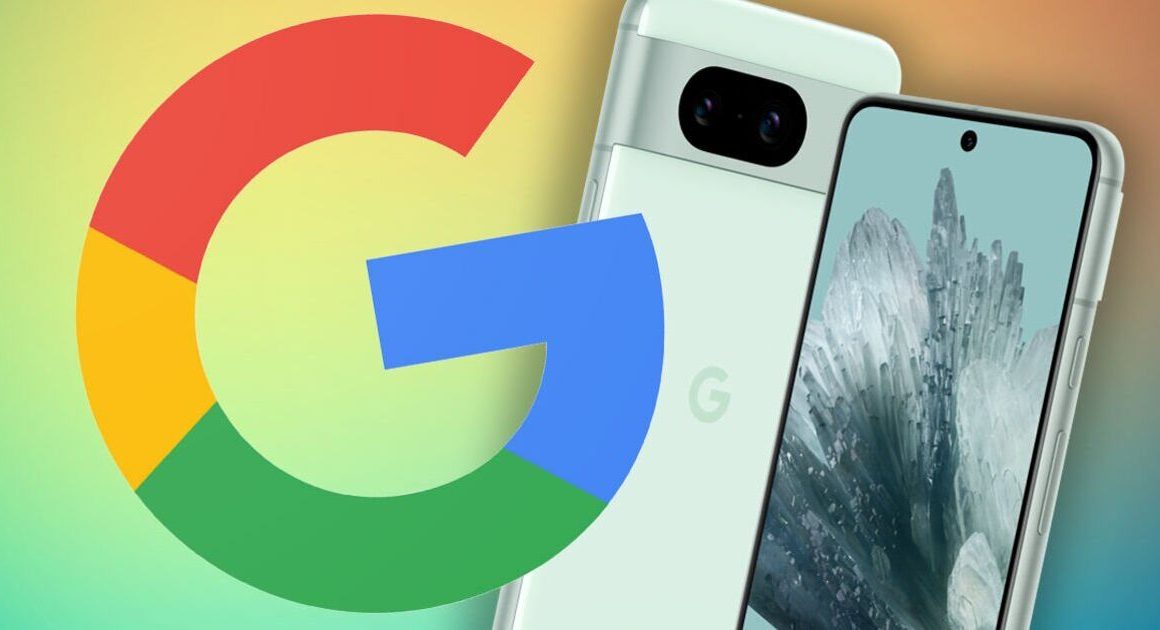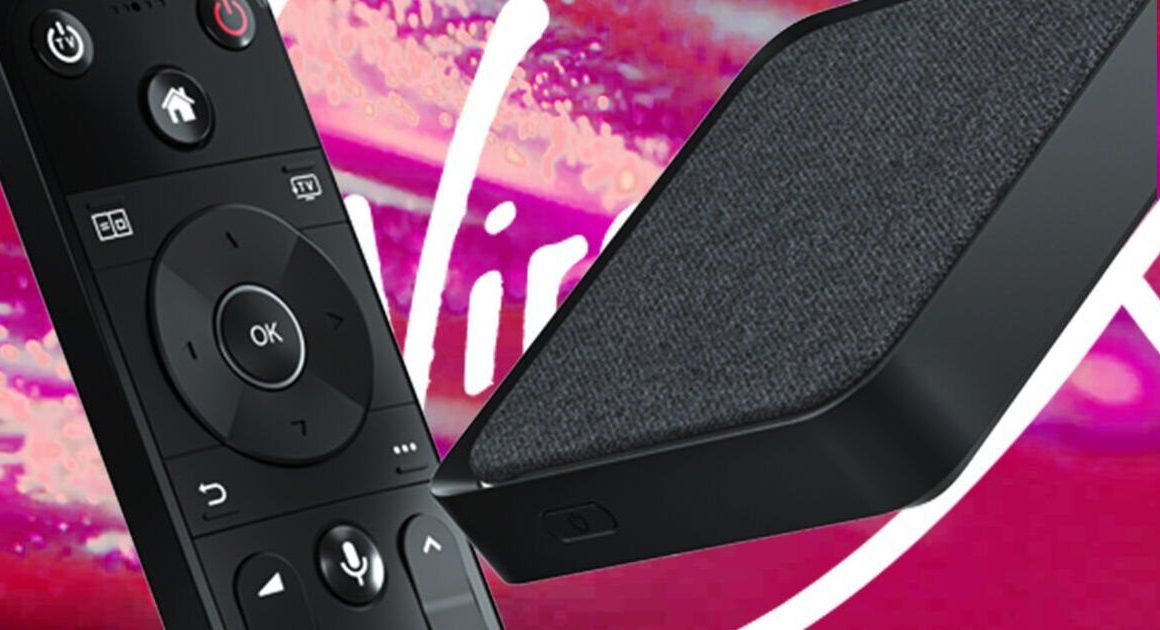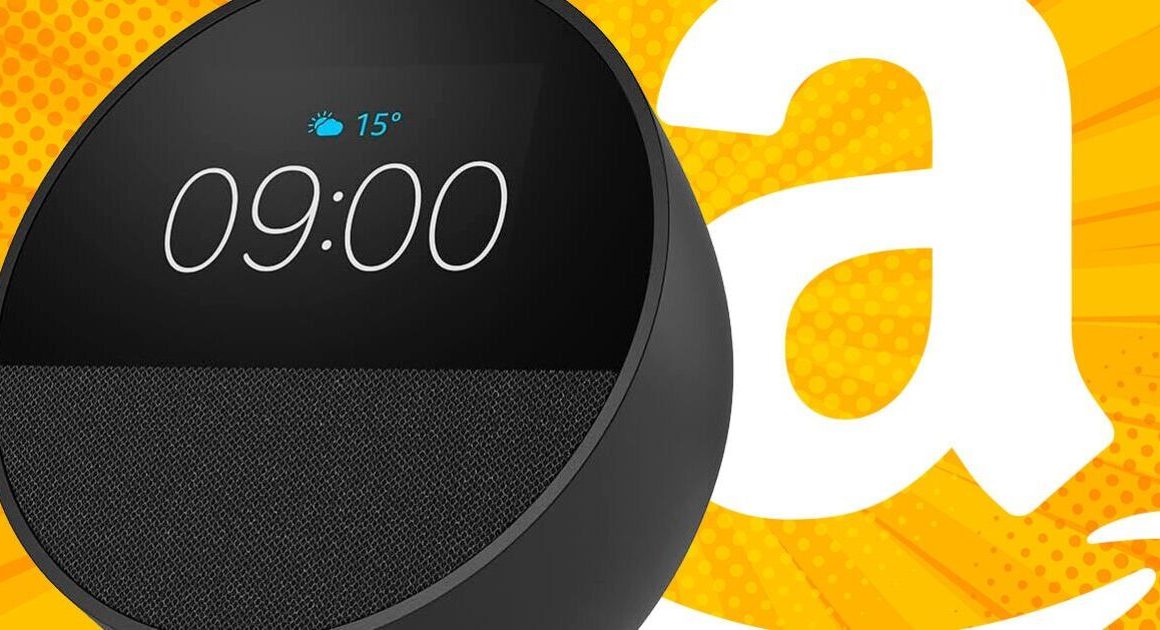
Some of the tech I used to complete my longest ever run (Image: Buff/Shokz/Apple/Asics/Withings)
Against my better judgement, earlier this year I decided to challenge myself to run a half marathon. I’d only ever run 10km in one go before, and presumably as I edge closer to my mid-thirties I need to start ticking off all the clichéd things millennials are meant to do these ages, and it felt like distance running was next on the list.
I’ve since trained for and run the Royal Parks Half Marathon (21.1km) in London. Luckily the weather held out and it was a dry race and an unforgettable experience. I managed a decent time while raising money for charity, but I also thoroughly enjoyed testing out various gadgets while I was training to see if technology could really help me get a better time, improve my cadence, keep me cool, or make my ageing knees hurt a little less.
Some of these gadgets don’t use electricity, but I class them as gadgety all the same with their technical features.
Though I’ve tested dedicated fitness watches from the likes of Garmin and Polar, I’m not so into sports that I want one on my wrist 24/7, but I enjoyed these wearables’ multi-day battery life. That’s why I settled on the Apple Watch Ultra 2 (£799) for my training and run. Though two-day battery life is hardly exceptional, merely doubling the longevity of the regular Apple Watch was enough for me.
It means I only have to put it on the charger every couple of days, and sometimes it even stretches into a third. The GPS connection for outdoor run tracking is excellent, and I took to using the Nike Run Club app (free) that syncs perfectly with my iPhone. I can start a run on my phone, so I can use my headphones to listen to music, but the Run Club app automatically boots up on my wrist and displays my live stats. Rival Android smartwatches don’t have this level of seamless connectivity.
I settled on the Apple Watch Ultra 2 for my training and run. Though two-day battery life is hardly exceptional, merely doubling the longevity of the regular Apple Watch was enough for me
The headphones I used were mainly two pairs from Shokz, the company famous for bone conduction audio. The latest Shokz OpenRun Pro 2 (£169) is excellent, with headband design and new air conduction tech that boosts bass – bone conduction is clever as it sends audio signals to you via the bones near your ear, but that’s with a sacrifice in audio volume and quality. Next to loud traffic, I couldn’t hear music even at full volume. But for open-ear awareness of said vehicles, they are excellent, and quiet runs through the park are preferable without silicone-tip earbuds falling out of my ears. If it’s good enough for Eliud Kipchoge, it’s good enough for me.
For the half marathon itself I opted for the Shokz OpenFit Air, relatively affordable headphones (£119) that sit just over your ear canal, and securely so thanks to ear hooks. They are excellent and proved more than loud enough when my high tempo songs kicked in around 15km to spur me to the end.
Also in rotation as I trained were the Nothing Ear Open (£129), a rival to the OpenFit Air, as well as the superb Beats Fit Pro (£219( for when I wanted noise cancellation and superior, closed off sound.
Running shoes certainly count as technology in 2024, and I ran with the Asics Gel Nimbus 26 (£180), a supportive and comfortable shoe that’s not the lightest but was best suited to my amateur running. They use Asics’s new PureGEL technology and what it calls FF BLAST PLUS ECO foam that feels a little less bouncy after I’ve put more than 100km into it, but I’ve been impressed. At £180 though the shoes are quite an investment.

Sometimes the cheapest items are the most valuable (Image: Darn Tough)
Also clothing me was the Ronhill Tech Golder Hour Tee (£48) that uses Polartec Delta fabric to actively cool you in hot conditions. It’s very good. I also donned the Speed Cap from outdoor brand Buff (£25) to keep my longish hair out of my face, and though it’s designed for sun, in the British outdoors it mostly functioned as a lightweight rain visor.
I’ll also now only be buying running socks from Vermont-based company Darn Tough, whose Element Quarter Lightweight Running Sock (£21 per pair) has been the only sock to save me from painful toe blisters. For water, I settled on the £100 Osprey Duro 1.5, a hydration vest that comes with two soft 500ml flasks for slurping on the go. Make sure to buy the right size after measuring up, but the zip pocket is great for a phone while a key clip and other pockets handling my SIS energy gels, a staple of marathon training.
Though the Apple Watch did well to track my every jog and sprint session, I also wore the Whoop 4.0 band. Though the subscription is a little hard to swallow at either £27 per month or £229 per year, this gets you the tracker for free with a band and access to the Whoop platform that lets you dive into personalised health data insights.
The small tracker clips into a material or silicone band, of which you can buy several if you want, but it has no screen. The idea is to wear it 24/7 while it collects heart rate, steps, stress, sleep and temperature data to build a picture of your health. After a few weeks the trends you can see are fascinating, and the AI coach can help you train better. It’s also the only wearable I’ve ever tested that has accurately predicted I was getting ill before I knew it myself.

I can confirm the Oakley sunglasses did not make me look or feel this athletic (Image: Getty)
By the time I had all this strapped to my person it looked as though I was about to do an Ironman rather than a half marathon, but I managed to top off the look with a pair of Oakley Sphaera sunglasses (£231). The futuristic new design from the legendary shades company has been worn at the latest Olympics by athletes including Briton Josh Kerr and are primarily for runners and cyclists. The look is admittedly maximalist, and those with large heads might find them a tad tight, but the UV protection is industry-best, and the curved look also keeps wind and rain at bay.
When I wasn’t out hitting the roads, I kept an eye on my weight, body composition and morning heart rate with the Withings Body Smart smart scale. It can do a lot for its modest £89.95 asking price, including measuring your fat and muscle percentage and metabolic stats. All the results are logged automatically in the Withings app, and the resulting graphs are easy to follow.
After using all this running tech for several weeks and months, I’ve been surprised at what my favourite items are. While I love the Apple Watch Ultra 2 and its perks, a cheaper running watch would still track you fine. If it’s a given that for a half marathon the most important item is your shoes, the Asics I used do a fine job. If I had to pick one other item out it would surprisingly be the Buff cap. It kept my hair at bay and the sun and rain off my face, but perhaps most importantly, when it was on my head I could get into running mode, get my head down, forget about the gadgets, and train hard. In the end, this was my achievement, not technology’s.
That’s what I’m telling myself, anyway.

Proof I ran the whole thing (Shokz OpenFit Air and Buff Speed Cap present) (Image: EXPRESS NEWSPAPERS)












